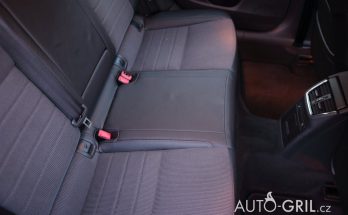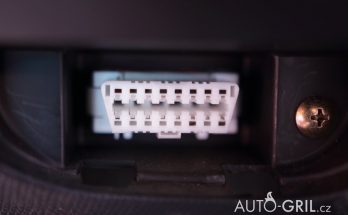When talking about problems with the braking system, two obvious defects very often come to the fore. The first could be bad pads, while the second could be bad brake discs. In both cases, we have already described the individual exchanges.
Therefore, we will currently focus on another type of specific problem that can naturally arise. To be more specific, this is a situation where the brake pistons need to be replaced. This may be necessary when the braking system itself is in a fairly good condition, and at the same time it is found, for example, at a technical inspection that the braking effect is not what it should be. It is important to know that the pistons also have a pressure limiter in their guts, which can naturally also mean that the effect of specific brakes is different than it should be because of this. Of course, even this problem can be solved by replacing the pistons.
Where to take them?
As it is not an unaffordable assortment, a normal shop with spare parts is not a problem. When we buy brake pistons , we mainly focus on making sure they fit our car. It is therefore clear that you need to choose both according to the specific model of the car and according to the year of manufacture. If we have an older car and we primarily want to save money, it is possible to buy pistons, for example, second-hand. Both in online or other bazaars and at junkyards.
Dismantling the brake pistons
The first step we have to do is naturally to remove the current brake pistons. In this case, it is naturally necessary to raise the vehicle, in such a way that we have access to the area of the wheel and then the brakes. So we can use both a classic jack, and we can also use something as common as a lever. If we have the car secured and raised, we can start removing the wheel. Then we come to the brake system itself. Here, the important first step should be to remove the brake drum. In most cases, this can be done by hollowing out the center cap and subsequently unscrewing the nut that naturally holds the drum in place.
Once the brake drum is removed, we should already be able to see the brake pistons themselves. That is, specifically what we plan to dismantle. In this case, the individual screws of the brake cylinder must first be loosened, just as we cannot do without loosening the screwing of the pipe itself. Be sure to loosen all the screws that hold the piston in place.
Use the force
Be aware that the brake pistons are in the system for quite some time and will not always come out simply and easily. Therefore, we recommend not to be afraid to use even greater forces. After loosening the screws, the basic step is their final unscrewing. Then it is advisable to use a hammer or other similar tool. With it, you can simply release the brake pistons and remove them. Also, don’t forget to unscrew the brake pipe, which should be sealed with a plug. And for the reason that no impurities get into it. It is also for the purpose of eliminating brake fluid leakage. It is good to keep as much as possible during the exchange.
Installing a new piston
It can be said that the most difficult and complex thing is already behind you. Now comes the time when the brake piston replacement is coming to an end. There comes a time when a new pistons needs to be installed. First, you just need to sufficiently and thoroughly clean the bearing surface for the pistons, on the brake shield itself. If it IS clean enough, the piston itself can be seated, which you fix using the same screws that you removed a while ago. Another thing you should not forget is, of course, the screwing of the brake pipe. Here too, of course, keep in mind that any loss of brake fluid is as small as possible.
Installing the brake drum
Once everything is in place properly, changing the brake pistons is basically over. At this point, you are already proceeding in the opposite sequence, which naturally means that the brake drum itself needs to be reassembled. What else you must not forget is the bearing nut, which naturally needs to be thoroughly tightened. As soon as this is definitely done, you can put the cover back on and you can put on the removed wheel. You then repeat the same procedure on the other side of your car if you also want to change the brake pistons here. We recommend this, as this is the only way to maintain the correct functionality of the brake system. That is, one where both wheels will brake as they should. So equally.
Functionality check
As soon as we have everything done, we can start the essentially final phase, which is directly related to the replacement of the brake pistons. This final phase first involves the complete bleeding of the brake system, as air definitely got into it during the exchange. This is a fairly simple task that we should be able to do ourselves. Also, don’t forget to check the condition of the used brake fluid. Even though we were careful with the exchange, of course it could happen that we missed quite a bit of it. In this case, we recommend topping it up, to the amount prescribed by the container itself.
Once we are sure that the brakes are in perfect order in this direction, we can start the last step. That’s the ride. It is ideal to start driving slower, preferably on a remote, less frequented road. Here we first test whether the brakes belong as we require and whether the brake system works. After that, we can also try harder braking. Upon arrival, we will check the amount of liquid in the container once more, and if it is still needed, we will refill it. The replacement of the brake pistons is over.



